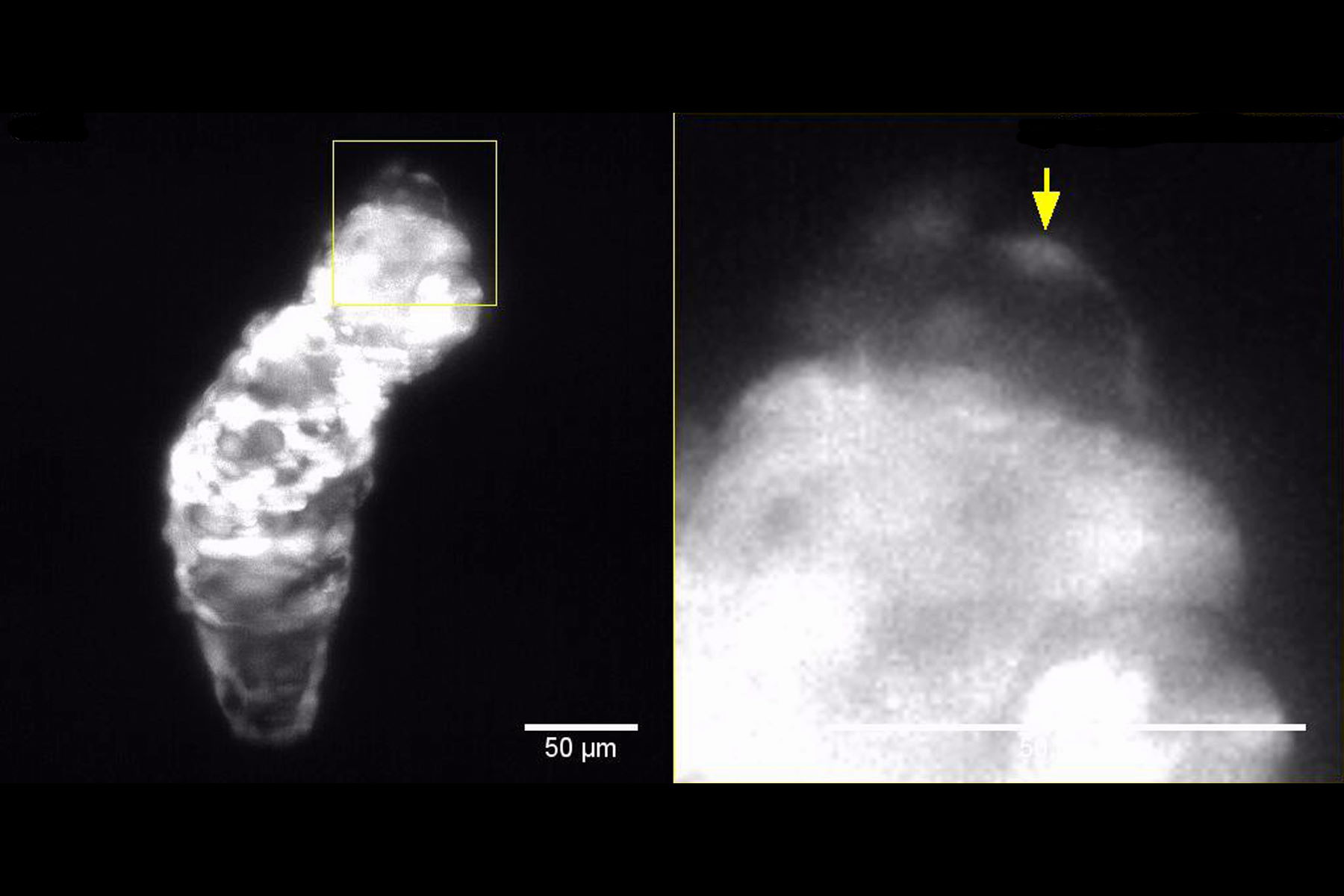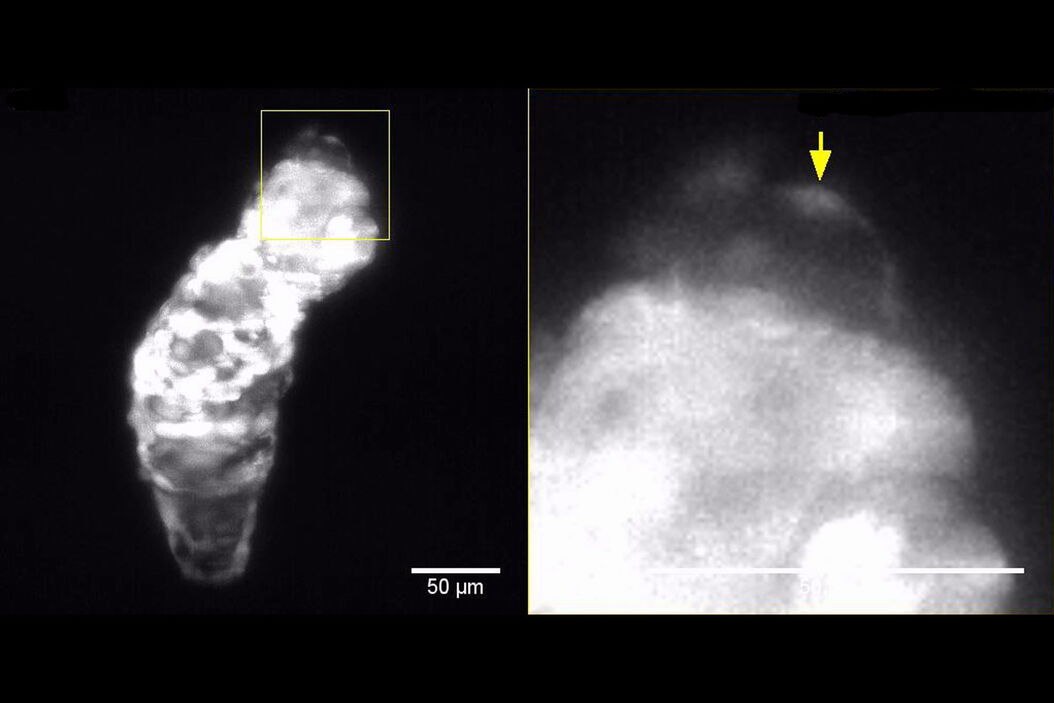I. J. Marques, A. Ernst, P. Arora, A. Vianin, T. Hetke, A. Sanz-Morejón, U. Naumann, A. Odriozola ,X. Langa, L. Andrés-Delgado, B. Zuber, C. Torroja, M. Osterwalder, F. C. Simões, C. Englert & N. Mercader:
Wt1 transcription factor impairs cardiomyocyte specification and drives a phenotypic switch from myocardium to epicardium
Development (2022) 149 (6): dev200375.
Using the zebrafish as an in vivo model for development, this study shows that sustained Wt1 ortholog expression in cardiomyocytes impaired their maturation including sarcomere assembly, ultimately affecting cardiac morphology and function. Indeed, a subset of wt1a- or wt1b-expressing cardiomyocytes changed their cell adhesion properties, delaminated from the myocardial epithelium and assumed an epicardium-like phenotype. From this study, it was concluded that Wt1 plays a yet undescribed role for cardiomyocyte differentiation by repressing chromatin opening at specific genomic loci and that sustained ectopic expression of wt1a or wt1b in cardiomyocytes can lead to their transformation into epicardial cells.
Related Articles
-
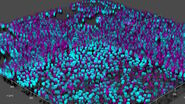
Rapid Check of Live Stem Cells in Cell-Culture Inserts set in Multi-Well Plates
See how efficient imaging of live iPSC stem cells within cell-culture inserts set in a multi-well…
Mar 20, 2024Read article -
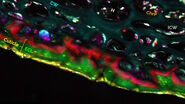
How to Prepare Samples for Stimulated Raman Scattering (SRS) imaging
Find here guidelines for how to prepare samples for stimulated Raman scattering (SRS), acquire…
Feb 05, 2024Read article -
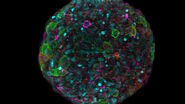
Notable AI-based Solutions for Phenotypic Drug Screening
Learn about notable optical microscope solutions for phenotypic drug screening using 3D-cell…
Dec 06, 2023Read article
Related Pages
-

Confocal Microscopes
Our confocal microscopes for top-class biomedical research provide imaging precision for subcellular…
Visit related page -
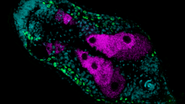
Live Cell Imaging
Shifting perspective from single microscope components to a full working live cell imaging solution,…
Visit related page
